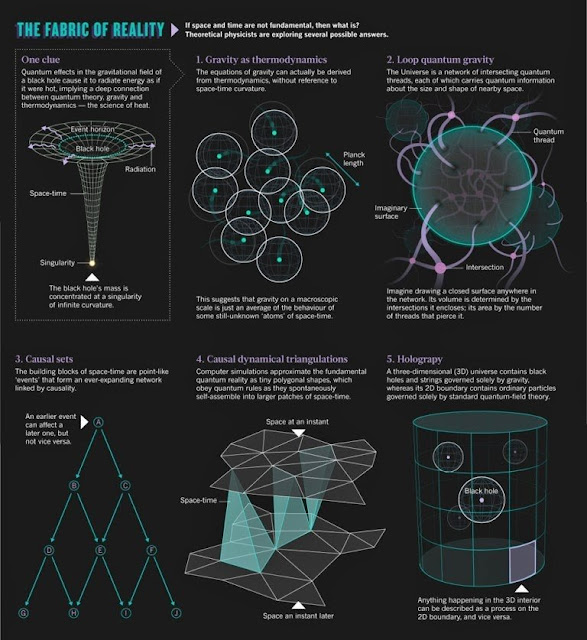Complexity, energy, thresholds (part 1) in big history chapter
Cosmic evolution is a quantitative subject, whereas big history typically is not; this is because cosmic evolution is practiced mostly by natural scientists, while big history by social scholars. These two subjects, closely allied and overlapping, benefit from each other; cosmic evolutionists tend to treat universal history linearly, thus humankind enters their story only at the most very recent times, whereas big historians tend to stress humanity and its many cultural achievements, granting human beings a larger part of their story. One can compare and contrast these different emphases by watching two short movies portraying the Big-Bang-to-humankind narrative, one animating time linearly, and the other capturing time (actually look-back time) logarithmically; in the former, humans enter this 14-minute movie in the last second, while in the latter we appear much earlier—yet both are correct.
These different treatments of time over ~14 billion years, each with different emphases on historical content, are further clarified by noting that some cosmic evolutionists divide the whole narrative into three phases and seven epochs:
Phases: physical evolution → biological evolution → cultural evolutionEpochs: particulate → galactic → stellar → planetary → chemical → biological → cultural
This contrasts with the approach used by some big historians who divide the narrative into many more thresholds, as noted in the discussion at the end of this section below. Yet another telling of the Big-Bang-to-humankind story is one that emphasizes the earlier universe, particularly the growth of particles, galaxies, and large-scale cosmic structure, such as in physical cosmology.




Comments
Post a Comment